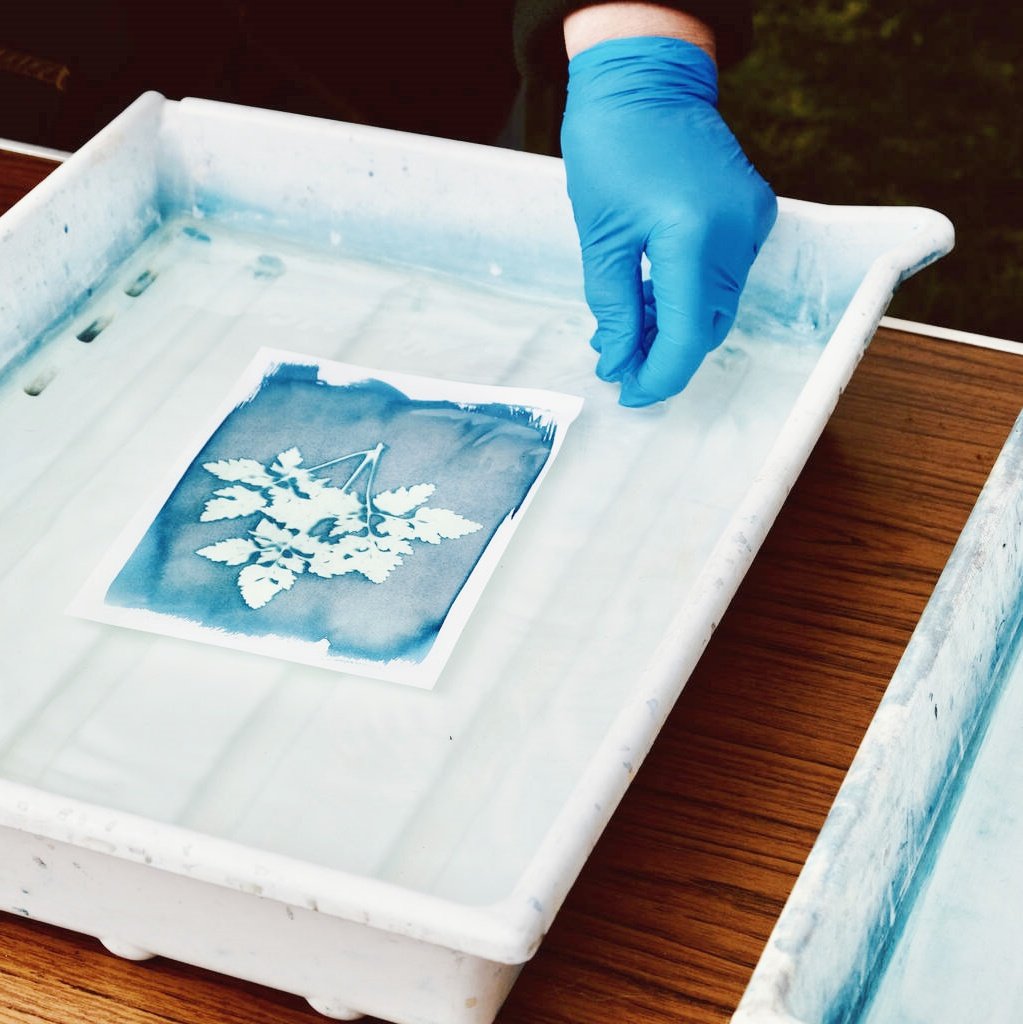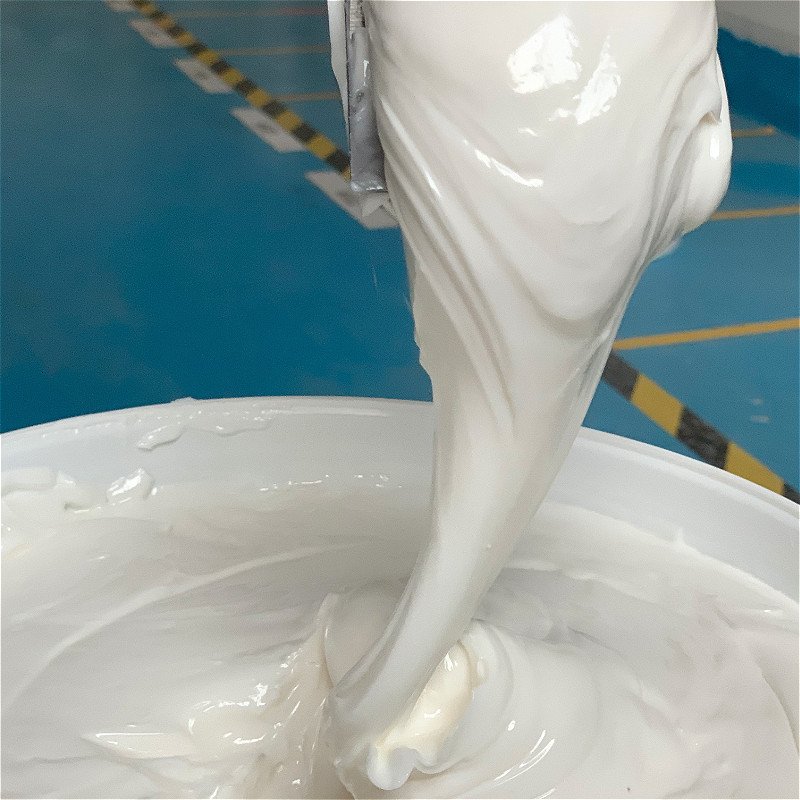Screen printing is a popular method for creating custom t-shirts, offering vibrant and long-lasting designs. Whether you’re a beginner or looking to improve your skills, understanding the basics of screen printing, especially the use of plastisol ink, can help you produce professional-quality shirts. In this guide, we’ll walk you through the process step-by-step.
Introduction
Screen printing, also known as silk screening, is a versatile and widely used technique for applying designs to t-shirts. This method involves creating a stencil (or screen) and using it to apply layers of ink onto the printing surface. One of the most commonly used inks in screen printing is plastisol, known for its durability and vibrant colors. In this article, we’ll explore the essentials of screen printing t-shirts, focusing on the use of plastisol ink.
Preparing Your Design
The first step in screen printing t-shirts is preparing your design. This involves creating or selecting the artwork you want to print. The design should be clear and high-resolution to ensure the best quality print. Here’s how to prepare your design:
- Choose Your Design Software: Use graphic design software like Adobe Illustrator or Photoshop to create your design. Vector graphics are preferred for their scalability and clarity.
- Convert to Black and White: Your design should be in black and white, as the screen will use this to create the stencil. Ensure all elements are distinct and well-defined.
- Print the Design: Print your design onto a transparent film. This transparency will be used to transfer the design onto the screen.
Creating the Screen
Once you have your design ready, the next step is to create the screen that will be used for printing. This involves the following steps:
- Coat the Screen: Apply a layer of photo emulsion to the screen. The emulsion is light-sensitive, which will help transfer your design onto the screen.
- Expose the Screen: Place your transparency on the screen and expose it to UV light. The light hardens the emulsion except where your design blocks it. The areas that were covered by your design will remain soft.
- Rinse the Screen: Rinse the screen with water to wash away the unhardened emulsion, leaving your design as a stencil on the screen.
Printing the T-Shirt
With your screen ready, you can now start printing your t-shirts. Here’s how to do it:
- Set Up Your Work Area: Ensure you have a clean, flat surface to work on. Place your t-shirt on the surface and position the screen over it.
- Apply the Plastisol Ink: Use a squeegee to apply the plastisol ink to the screen. Spread the ink evenly across the screen, ensuring it passes through the stencil and onto the t-shirt.
- Cure the Ink: Plastisol ink needs to be cured to set properly. Use a heat press or conveyor dryer to heat the ink to the recommended temperature, ensuring it bonds with the fabric.
Cleaning Up
Proper cleanup is crucial to maintain your screen and workspace. Follow these steps:
- Remove Excess Ink: Scrape off any remaining ink from the screen and squeegee.
- Wash the Screen: Use a screen cleaner or water to wash the screen thoroughly. Ensure all ink and emulsion are removed to prepare the screen for future use.
- Store Your Equipment: Store your screen, squeegee, and other equipment in a clean, dry place to prevent damage.
Conclusion
Screen printing t-shirts can be a rewarding and creative process. By following these steps and using plastisol ink, you can achieve vibrant and durable prints. Whether you’re printing for personal use or starting a business, understanding the basics of screen printing will help you produce high-quality t-shirts that stand out. Happy printing!



